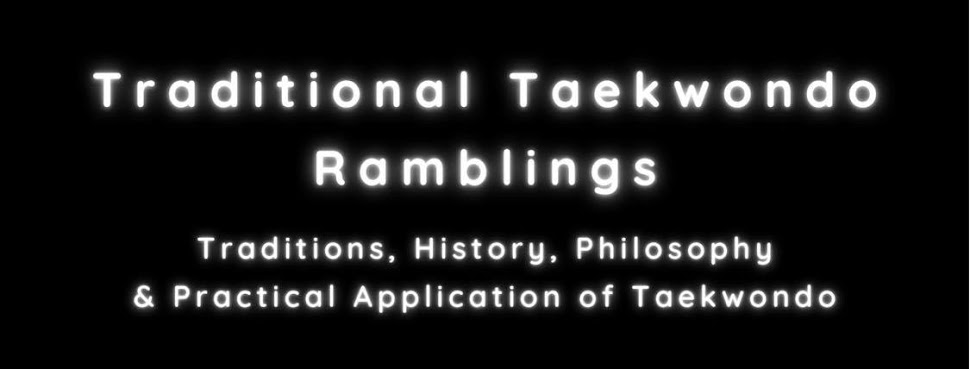 |
| Image Source |
Saturday 16 May 2015
Basic Taekwondo Theory for Gup Graders (coloured belts) Part 2
Thursday 14 May 2015
Basic Taekwondo Theory for Gup Graders (coloured belts) Part 1
 Usually I write about stuff that are aimed for black belts or people nearing black belt ranks. I write for people like me who have practised for many years and who wants a little more than what you usually find in textbooks. This post is NOT one of the usual ones. This time of year many people are preparing to grade for a new belt and a part of that grading should in my opinion be a theory test. If not between the coloured belts than at least it should be a part for the grading from 1st gup to 1st dan
Usually I write about stuff that are aimed for black belts or people nearing black belt ranks. I write for people like me who have practised for many years and who wants a little more than what you usually find in textbooks. This post is NOT one of the usual ones. This time of year many people are preparing to grade for a new belt and a part of that grading should in my opinion be a theory test. If not between the coloured belts than at least it should be a part for the grading from 1st gup to 1st dan. With that in mind I thought many would benifit from a post that shares basic Taekwondo theory (body parts, the different heights, vital points, examples of techniques to attack those points, the tenets and laws of Taekwondo, what Taekwondo means, how to write Taekwondo in Korean plus the different "Gwe", their Korean name and a shorthand answer of their symbolic nature. If you are reading this keep in mind that I am a Kukki Taekwondo practisioner, I follow the Kukkiwon standard and I practise the KTA forms (Taegeuk and Black belt forms). So if you are ITF or belong to a different independent Dojang your words and theory might differ from mine.
I can not promise that I will get all that down in this one post but I will start writing and see how much time I get, and if I cant finish I will write (a) follow up post(s). So with that lengthy introduction out of the way lets just dive straight in:
Friday 8 May 2015
Keys to understanding Poomsae
This post is a result of my thoughts and notes after hearing a podcast by Iain Abernethy on www.iainabernethy.com called "Keys to understanding Kata". I will not remind the readers too much about Taekwondo`s relationship and close kinship with Karate, but suffice to say no matter which Kwan (School) your Taekwondo comes from that Kwan will have a strong Karate link. Likewise no matter if you practise and study Hyung (Pyung ahn, Kongsookoon, Pal Saek, Chulgi etc), the KTA forms (Taegeuk, Palgwe and Black Belt forms) or the Chang Hon Tul (Chon Ji, Hwarang, etc) the tradition with solo forms was imported through Karate. Therefore it makes sense to read and listen to Karate masters and from that gain additional insights into our own current system of Taekwondo. I am not saying that we should just incorporate blindly everything the karate people are saying, but I think it is foolish not to even consider their point of view.
Friday 1 May 2015
The Past often holds the answer to todays problems
 In my last blogpost "Principles of defending with "Makki" techniques" I shared some (in my opinion) great insights into the principles of defence as taught in the older Kwan (forerunners of modern Taekwondo) and Karate. Those principles were gathered from the book: "Karate; The art of Empty-Hand" by Hidetaka Nishiyama and Richard Brown" and as I said in that post if you enjoyed the writings in Choi Hong Hi`s 1965 book or any of the more classice Taekwondo books out there this book is also for you:-)
In my last blogpost "Principles of defending with "Makki" techniques" I shared some (in my opinion) great insights into the principles of defence as taught in the older Kwan (forerunners of modern Taekwondo) and Karate. Those principles were gathered from the book: "Karate; The art of Empty-Hand" by Hidetaka Nishiyama and Richard Brown" and as I said in that post if you enjoyed the writings in Choi Hong Hi`s 1965 book or any of the more classice Taekwondo books out there this book is also for you:-)
Subscribe to:
Posts (Atom)
